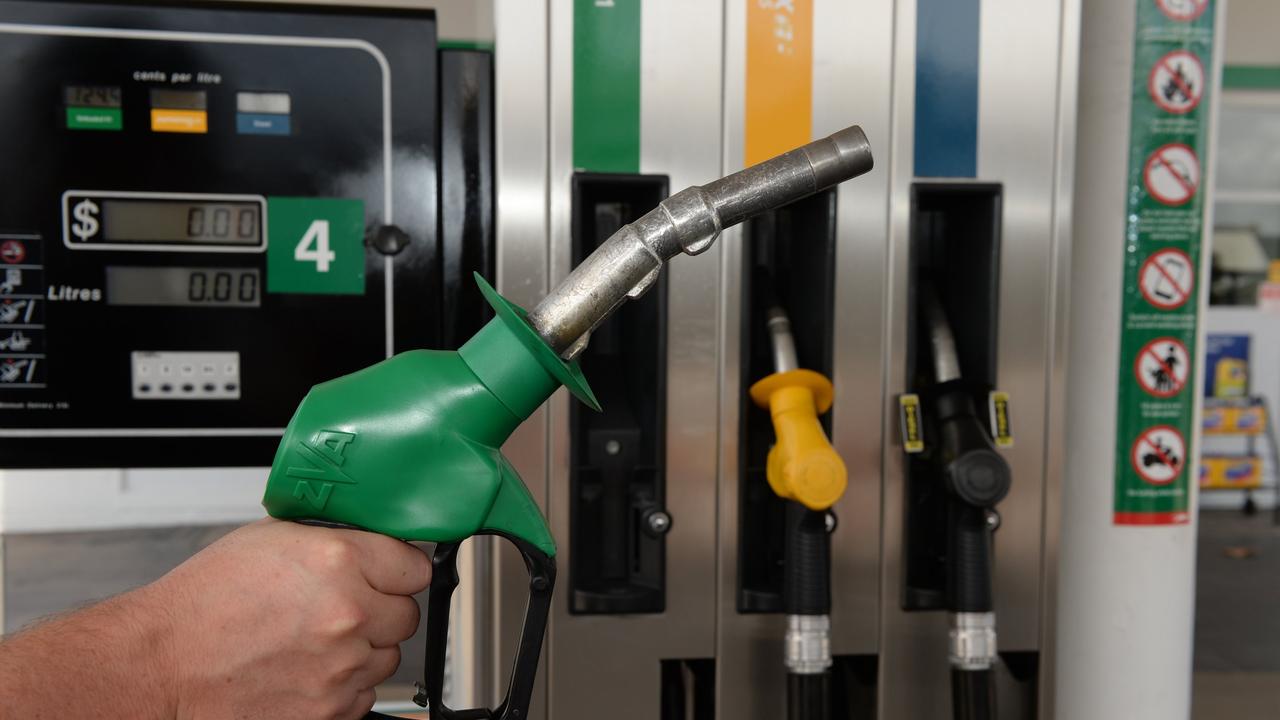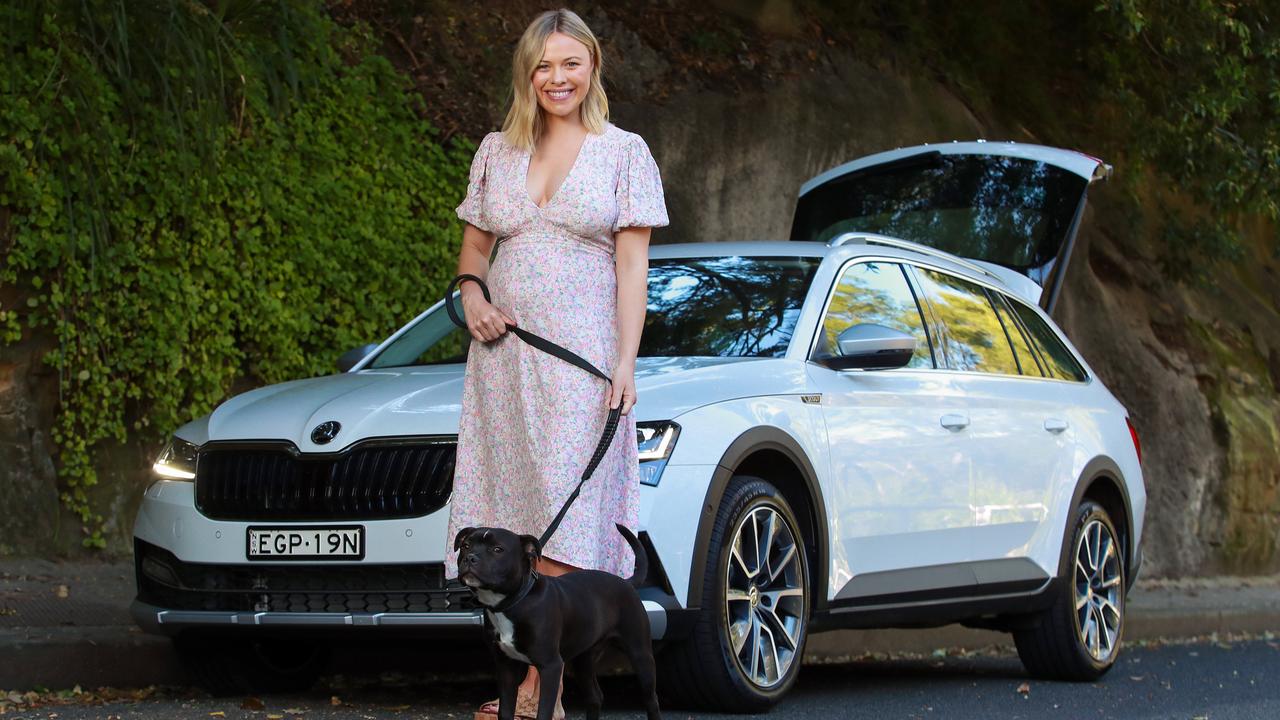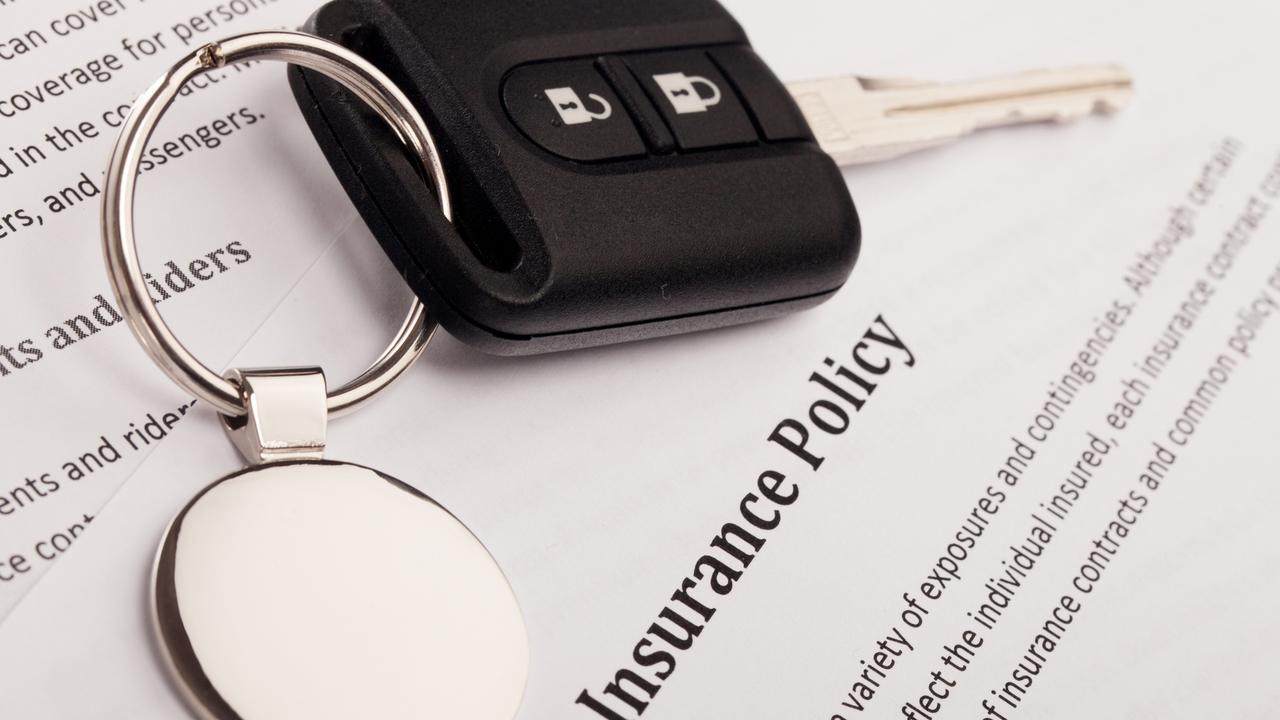Toyota LandCruiser 200 used car review: Why this workhorse is so loved by Aussies
This local favourite is loved just as much at home in the city as the country, but there are other reasons Aussies can’t get enough of it.

Is there a vehicle on sale today more fit for purpose than Toyota’s LandCruiser 200 Series?
It’s as relevant to proper Australia as Akubra hats and Aerogard. Perhaps that’s why the LandCruiser in showrooms in 2019 is basically the same as it was in 2007.
Product cycles typically don’t last a dozen years, but it seems an all-new LandCruiser 300 Series won’t arrive until deep into 2021.
Why so? Well, because it’s the best at what it does. You want to tow something heavy, head deep into the bush or tackle serious off-road tracks? The LC200 is normally the right answer.
Well-built, hugely spacious, quiet cabin and sublime comfort over long distances mix with decent reliability to make it the non-negotiable purchase for many.
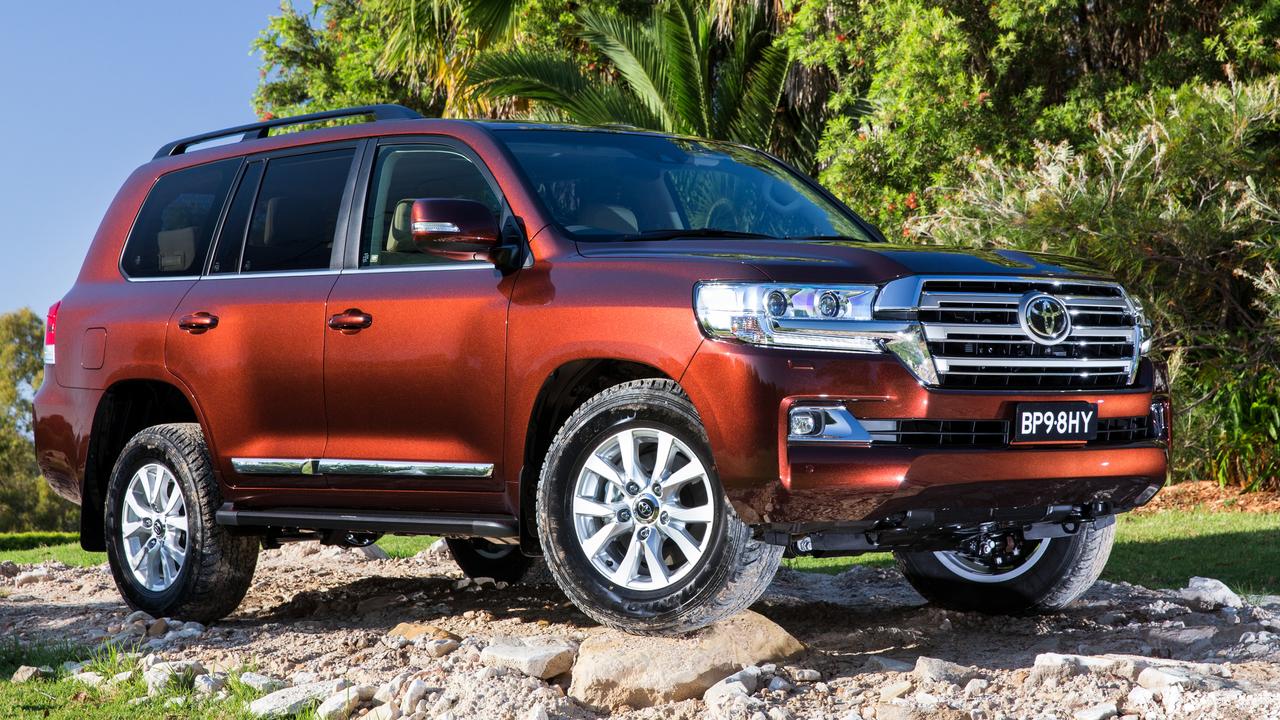
Aussies love a 200 Series, witnessed by how they hold their value. Good luck finding a used one for less than $30,000, even if it’s a decade old with taxi-esque kilometres on the clock.
If serviced correctly high mileage shouldn’t put you off too much, but leading a harder off-roading or heavy towing life means more stress through components.
Fixes aren’t cheap. Turbo replacements or engine failures — reported by some owners — can be ruinously expensive.
Not many LC200s have been bought exclusively for the urban school run, and if that’s your intended use, do yourself a favour and buy a Toyota Kluger.
LC200s are massive lumbering things around town. They’re some five metres long, two metres wide and weigh roughly three tonnes with passengers.
Of the hundreds in the classifieds, practically all are V8 twin-turbo diesels with monstrous low-down torque and fuel economy (from 9.5L/100km) that shouldn’t crush you financially. Petrol V8s are rare and very thirsty.
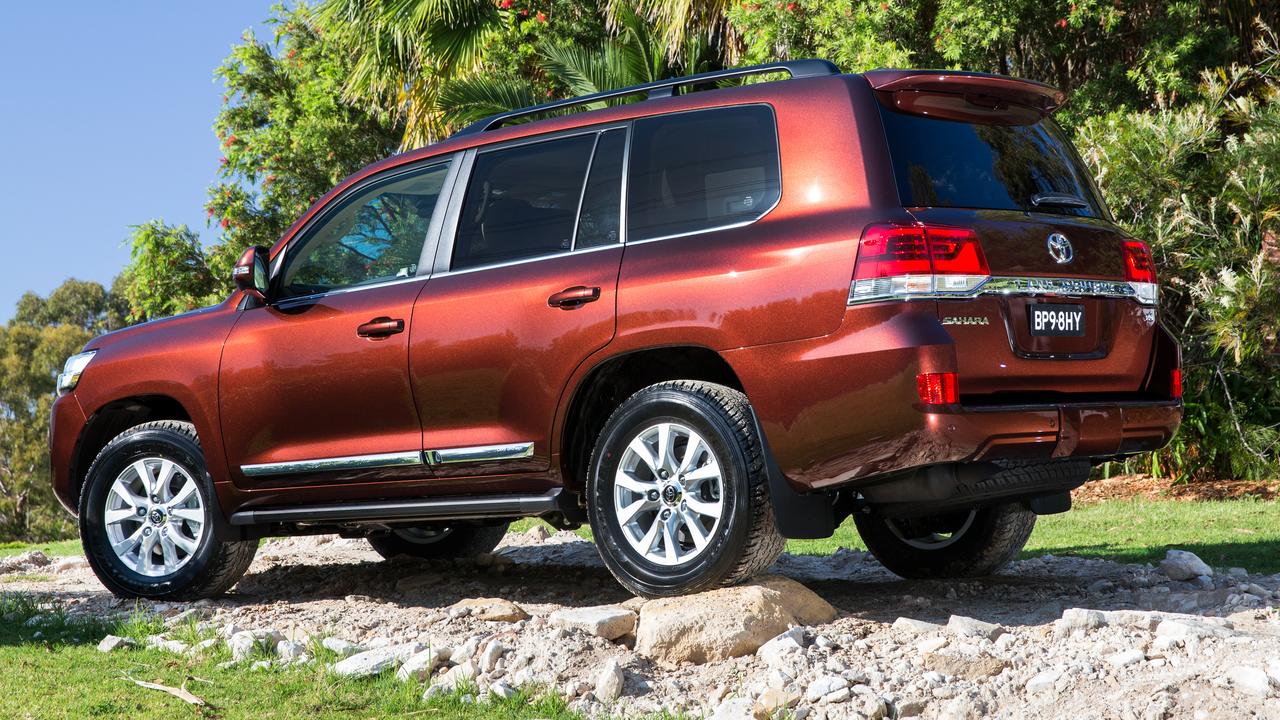
At November 2007 launch grades were GXL, VX and Sahara, all four-wheel drives with your pick of V8. Diesels used a six-speed auto and petrols a five-speed.
These early models had eight seats, while in late 2009 the VX and Sahara had seven chairs. An entry-level five-seat GX landed in November 2011.
March 2012 brought a facelift and more economical V8 petrol engine with six-speed gearbox. Another update happened in October 2015 with more aesthetic changes and equipment.
Safety and features improve the later the model year, with used prices reflecting as much. Even so, don’t expect levels of luxury, goodies, infotainment and finish typically found at this price point. You’re paying for ability, not glamour.
All have full-time 4WD; petrols and diesels from September 2009 had Crawl Control to help over rocks, sand and steep hills.
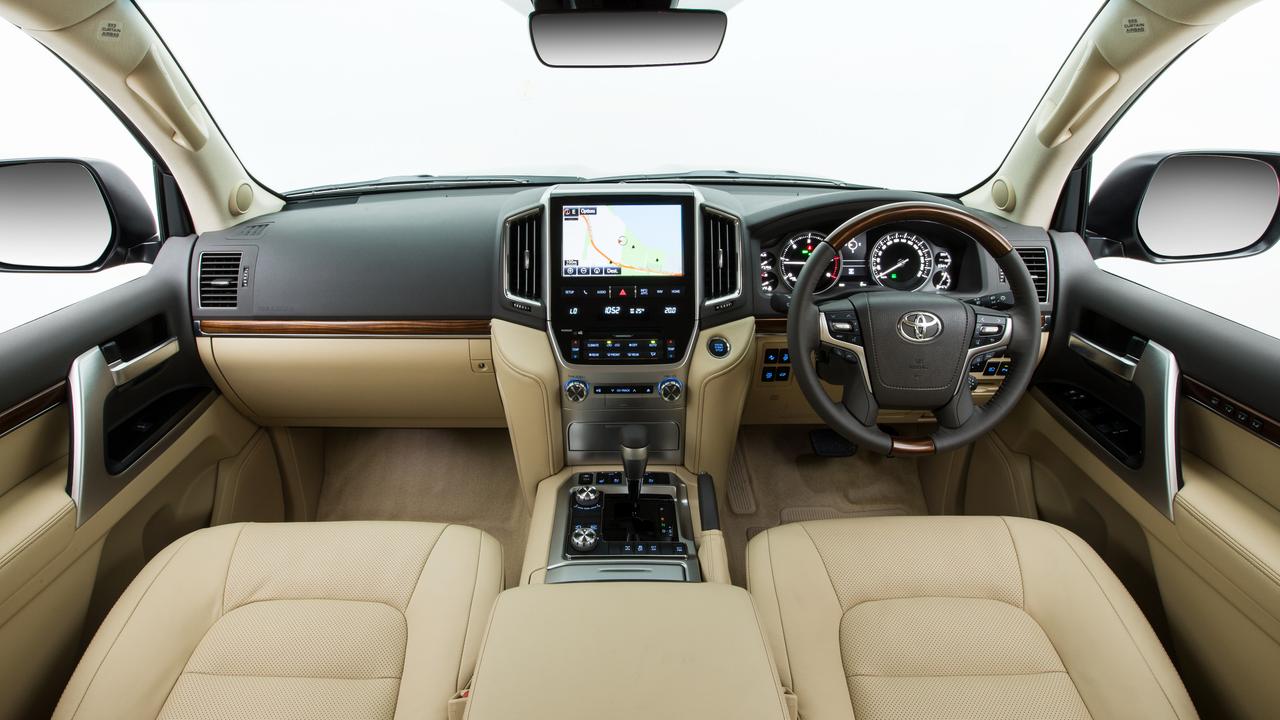
The GX was the workhorse with 17-inch steel wheels, vinyl floor, air snorkel and rear barn doors. The equipment inside is basic, but it’s safe enough with curtain airbags stretching to the third row.
The GXL had 17-inch alloys, dual-zone climate and a split tailgate; VX added powered leather seat, leather steering wheel, sunroof, wood interior trim, better instruments and trip computer. Range-topping Saharas had four-zone climate, cool box, audio controls on the woodgrain-look steering wheel, rear camera, satnav, better audio and, from late 2009, a rear screen for watching DVDs.
Favour September 2009 and later models with rear camera, steering wheel audio controls and USB input range wide.
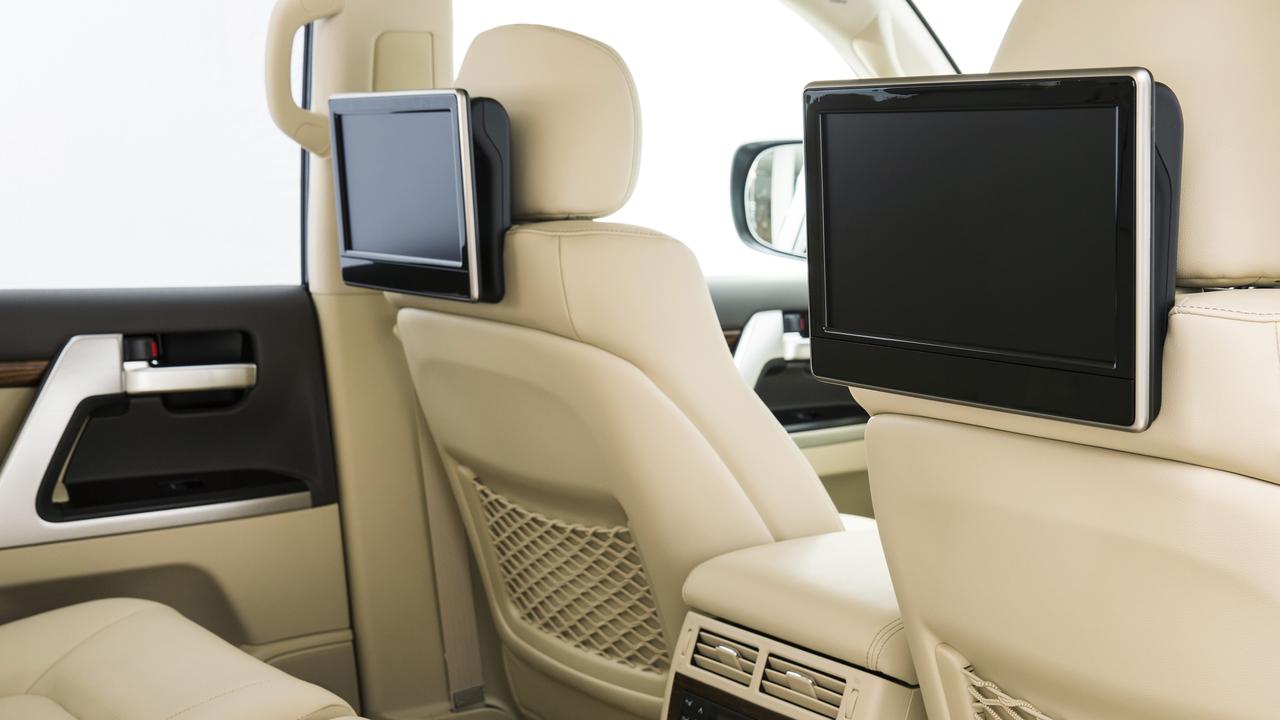
The 2012 updates brought improved audio and more Crawl Control settings; a touchscreen and satnav for GXL; auto wipers and moonroof for VX and, for Sahara, ventilated front seats and heated rears, power tailgate and a Multi-Terrain Monitor using cameras to check blind spots.
Any LC200s from October 2015 and later have improved fuel economy (not drastically so), softer touchpoints in cabins and more driver assistance tech for Saharas.
Special editions such as the Altitude and 60th Anniversary have added goodies, and with the model having run for 12 years already, it pays to check the exact specifications with the owner.
What to look for
LC200s have sold in huge numbers so there’s no shortage of specialists able to test for common problems.
They’re expensive to buy and many have had a tough life, so a thorough checkover and engine compression test by a specialist is a wise move.
Let’s talk bad vibrations. Many owners report them through the steering wheel, floor and pedals, and it can be at idle, low revs, or highway speeds, especially under load.
Not all suffer these bad vibes, so have a lengthy test drive on varying roads and speeds to check you’ve found a calm one.
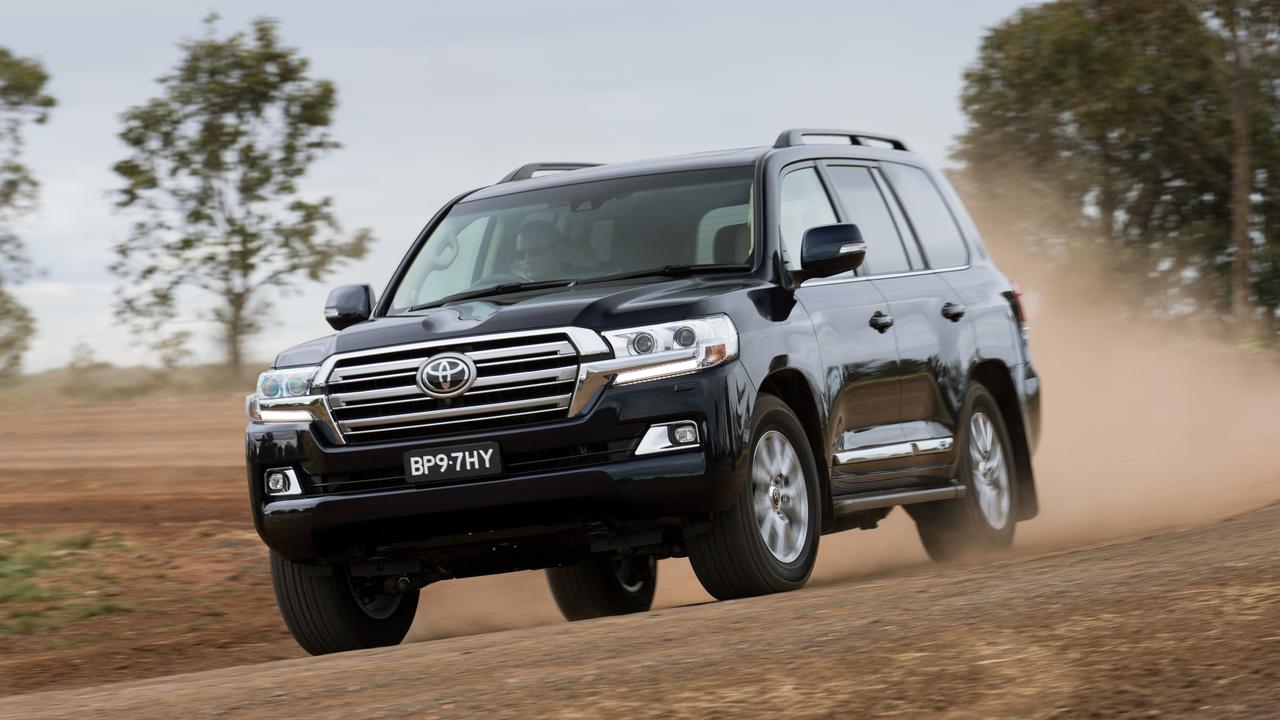
Some owners report air boxes and air filters not doing their jobs, allowing dust into the engine. Too much and it spells disaster for internals and turbos and rebuilds or replacements equals many thousands of dollars.
If the engine is running rough, coughing out smoke or seems down on power, walk away.
Injector failures have cropped up, another costly fix, so ensure your specialist does the checks.
Some early LC200s suffered excessive oil consumption, so favour late 2009 or 2010 and later examples; most aficionados say it was remedied by then.
Other grumbles include out-of-date map data where navigation was fitted, and thin body paint.
Check for bumps, dents and scratches on the body: tree branches, rocks and bollards in the urban jungle are easily found with such a behemoth of an SUV.
Get underneath or ideally inspect on a garage hoist. Serious dents and bends in the chassis, leaks from engine and gearbox, and any signs of rust should have you seeking out a more pampered example. Ones with “I survived the Canning Stock Route” bumper sticker are great for kudos, but not resale.
Iain says 3/5
Brilliant off-road and comfortable on it, but as expensive used as they are new. V8 diesel’s thirsty, the petrol’s a guzzler.
Only buy one if you’ll exploit its incredible towing or bush ability, favour 2012 and later facelifted ones for better reliability and kit. A detailed specialist report is a must.
Ideal vehicle for some, but ensure you really need its talents.
Owner says
Jason Crooks: Our 2012 LC200 GXL diesel is used as work transport when I go to remote locations, and as a family car for three kids under eight. It’s done over 300,000km and I still trust it; no major problems except a few electricals. It’s quite expensive to maintain. My bills for bigger services, new set of tyres and any problems always costs over $1000, and it is quite thirsty. But it’s a pleasure to drive; comfortable, cruisy and capable off road. I’ve used a Mitsubishi Pajero and Toyota HiLux through work, and the LandCruiser is just in a different class.
Expert says
The 200 Series LandCruiser was introduced in 2007 and facelifted in 2015. About 110,000 have been sold and a third of them have been the high-grade Sahara variants. Another third were GXLs, while the cheapest model, the GX, made up just 5 per cent of sales. Only automatics were sold and 94 per cent were diesels. Almost half the vehicles on sale are white.
The original entry-level LandCruiser GXL from 2007 ($79,990 with the diesel V8 when new) is valued at $37,000 in the used-car market. The top-spec LandCruiser Sahara diesel from the same year was priced at $104,990 new, and is currently worth $48,700 used. Priced at $78,190 new in 2018, the LandCruiser GX diesel is valued at $75,150 as a used vehicle. The LandCruiser Sahara diesel — $120,330 new — is now worth $115,500.
Resale value is consistently better than rivals including the Nissan Patrol, Range Rover and Lexus LX 570 and LX450d.
Toyota LandCruiser 200 2007-2018
Price new: $69,990-$104,990
Engines: 4.5-litre V8 twin-turbo diesel, 195kW/650Nm or 200kW/650Nm; 4.7-litre V8 petrol, 202kW/410Nm; 4.6-litre V8 petrol, 228kW/439Nm
Safety: 5 Star (except 2007-12 GX and GXL: 4 Star).
Thirst: 9.5L-14.5L/100km
Towing: 3500kg

